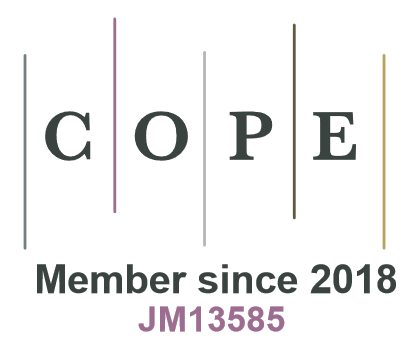Articles containing the keyword 'forest chips'
Category : Research article
Energy wood supply has faced significant challenges in Finland in recent years. While forest chip consumption has increased, the cessation of wood imports from Russia has added pressure on the use of domestic forest resources. This study examined the status of energy wood supply to heat-only and combined heat and power (CHP) plants from the perspective of energy wood suppliers. The survey-based study particularly focused on energy wood transport distances, the origin of delivered energy wood, and the proportion of various assortments. The operational environment, including wood fuel storage capacity and policy impacts, was also investigated. The results indicate that most energy wood consumed as forest chips was sourced less than 100 km from the consumer plant. However, these transport distances depended on annual forest chip consumption at the delivery point plant. Notably, energy wood was supplemented by roundwood that otherwise would have been suitable for processing in the forest industry; the proportion of that was 25–33% of all roundwood delivered. The results of this study also highlighted the visible role of land-use change areas, especially for stump sourcing, while imported wood accounted for only a small fraction of the supply. In conclusion, to reduce the burning of industrial roundwood and to divert energy wood harvesting to young commercial forests, policy should place greater emphasis on the economic viability of harvesting small-diameter trees for energy production. Furthermore, uncertainty in the operational environment, caused by policy changes, should be mitigated.



